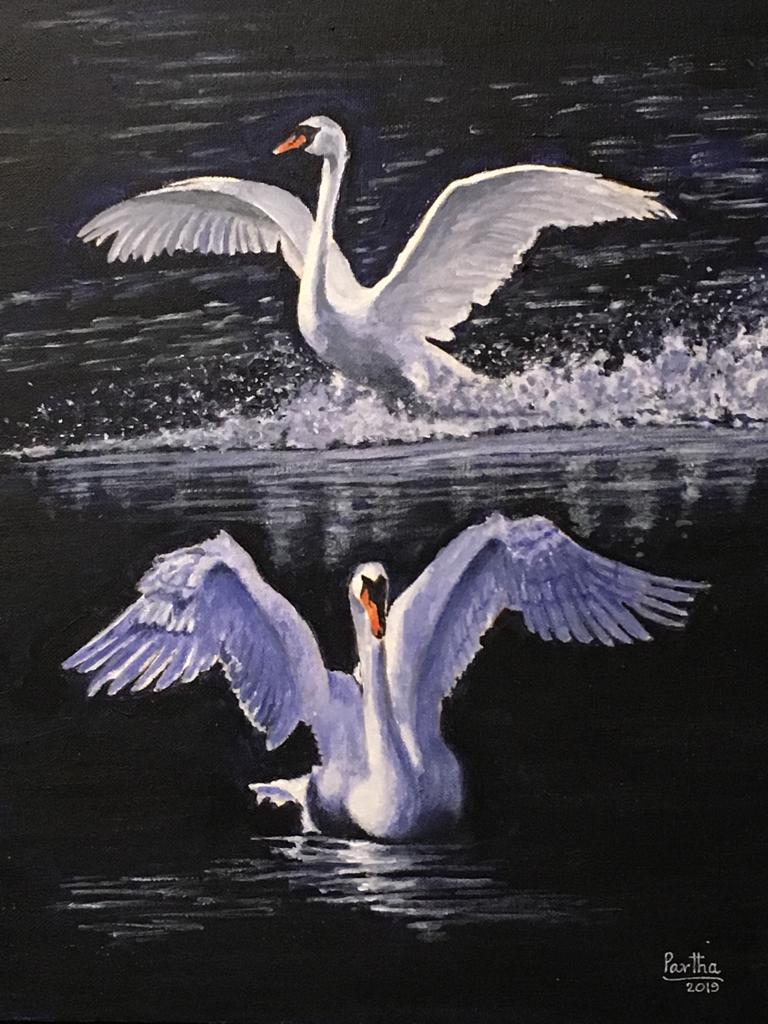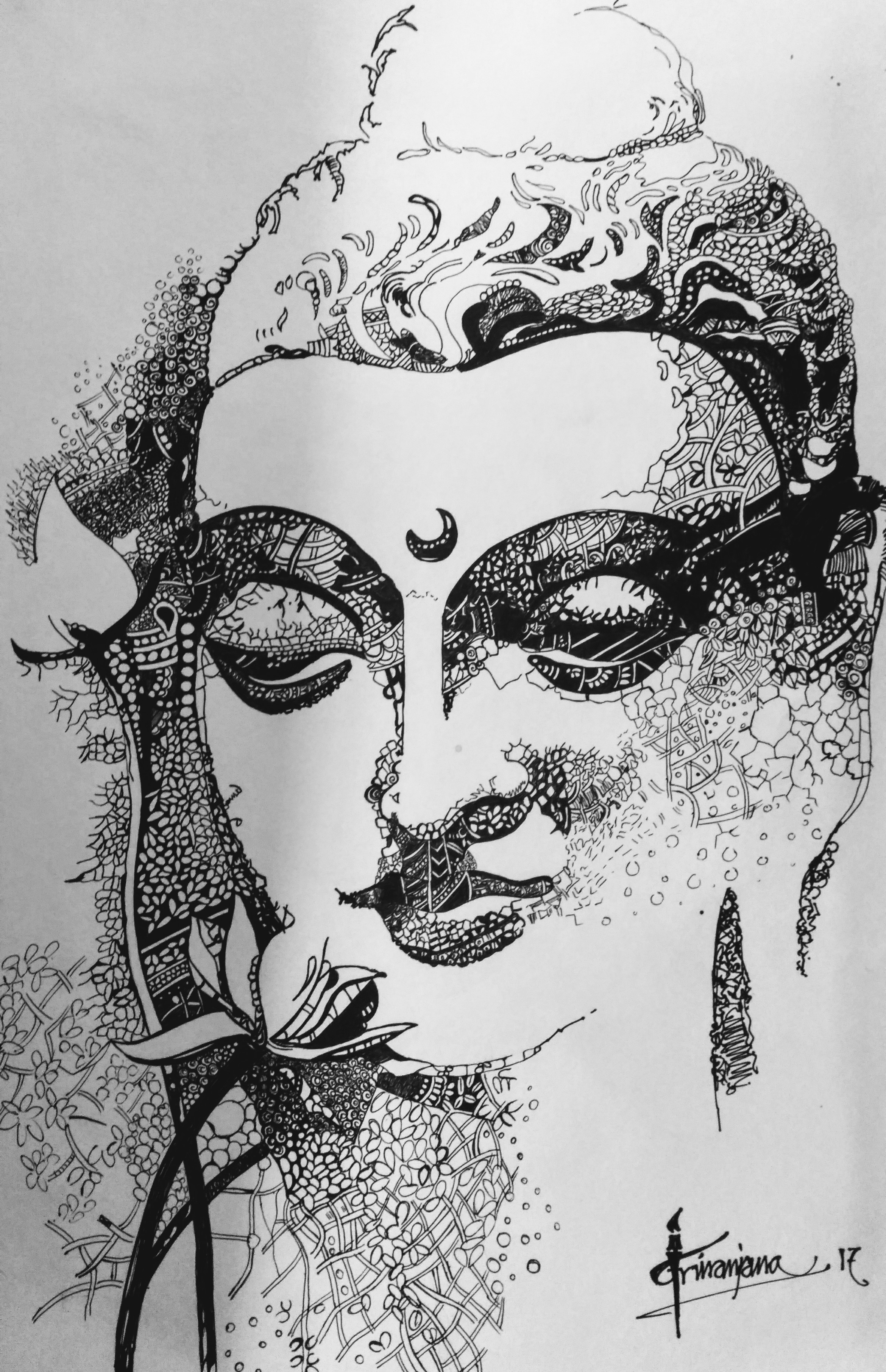Introduction for Publication 2
I hope you have read the previous publication. This section will be more for mechanics and classical physics. As I have said before, I am regularly watching the science channels, and overwhelmed with the vast information. I am not shy to tell you how puzzled I am when I think about it and, how complex mathematical equations come into the picture.
Most of the complex parts are over my head. Therefore, I have decided that my understanding at this time will be limited to the concept, philosophy, postulates, and axioms. I would love to receive your comment so that I can tailor my reading, thoughts and writing to suit for a better understanding of physics in a very simpler term.
Classical Physics: Mechanics, Heat, Optics, Electromagnetism, Atoms
Mechanics –
Sir Isaac Newton is the father of Mechanics and calculus. His three mathematical laws became the foundation for all future physical theories, heat, optics, and electromagnetism. These laws had derived from the observation and concept of the planetary system.
Universe follows the laws of nature; it is a wonder how the entire universe exists in an orderly fashion with mutual attraction, motion with its periodic nature. Newton’s laws and its mathematical formulation prove the theory of gravity and the periodic motions of the planets. Newton came up with the mathematical model of the attraction of two masses separated by a distance. Its force is inversely proportional to the square of the distance between them.
Thermal Physics –
One of the Aristotle’s postulates the idea of no vacuum in nature was disproved. Understanding and growth of Thermal physics and thermodynamics started with the Charles law of temperature-volume, and Boyle’s law of pressure-volume. Eventually, it took a big part in modern physics for statistical mechanics and quantum mechanics for small particles.
Light and Optics –
Study of light and optics probably has the most importance in modern physics for Special and general relativity. Even though it is hard to believe that Light bends, yes it does. We need to understand wave theory for the physics behind the light.
I added the following paragraph which would be the basic and fundamental understanding of modern physics.
Photon is the smallest light quanta. Photon has an energy, which takes into consideration of frequency and plank constant. The physicist has proved that light behaves as a particle and a wave. Electromagnetics and quantum mechanics evolved from here.
Light is a particle (photon) and the flow of photons is a wave.
Electromagnetism –
Dark sky danced with lighting and sky changed with many white lines as if writing on a slate in a disorderly fashion. From the ancient time till today people watched nature’s electricity from lighting. The medieval scientist took a great interest in it for the understanding of static electricity and magnetism. From experimental studies, Faraday discovered induced currents by studying physical attraction between charged particles.
Maxwell proves that electromagnetic waves propagate at the speed of light. So light is an electromagnetic phenomenon
Electromagnetic theory –
The electromagnetic force relates to fields such as electric fields, magnetic fields, and light, and is one of the four fundamental forces in nature. The other three fundamental interactions are the strong interaction, the weak interaction, and gravitation.
Maxwell demonstrated that electric and magnetic fields travel through space as waves moving at the speed of light.
Electromagnetic Theory covers the basic principles of electromagnetism. The study of electromagnetism deals with how electrically charged particles interact with each other and with magnetic fields.
Atoms/nucleus/molecules –
The idea of atoms can be found in ancient Hindu philosophy. Modern physics began to understand the smallest constituents of matter. Advancement of the chemistry gave scientist and physicist to come up with the unified theory to understand the nature at its smallest structure.
We know gases always combine in fixed ratios by mass. Gradually scientist determines both hydrogen and oxygen gas consisted of “molecules” which were each composed of two atoms.
Everything we see is nothing but the bunch of atoms of different structures.
I will dwell on this subject so that we get some clear idea of how atoms are bound.
The following picture depicts a good starting point of an atom.
The electrons and protons are attracted by electromagnetic force. The protons and neutrons are attracted to each other by the stronger nuclear force.

courtesy of Google
Thus Atoms are the basic units of matter and the defining structure of elements. Atoms are made up of three particles: protons, neutrons, and electrons.
Scientists found that above 3 particles are made up of even smaller particles such as quarks.
From our understanding of the evolution of the physics up to this point, we will try to understand modern Physics that will cover Relativity and Quantum Physics.
To be continued……
















Comments »
No comments yet.
RSS feed for comments on this post. TrackBack URL
Leave a comment